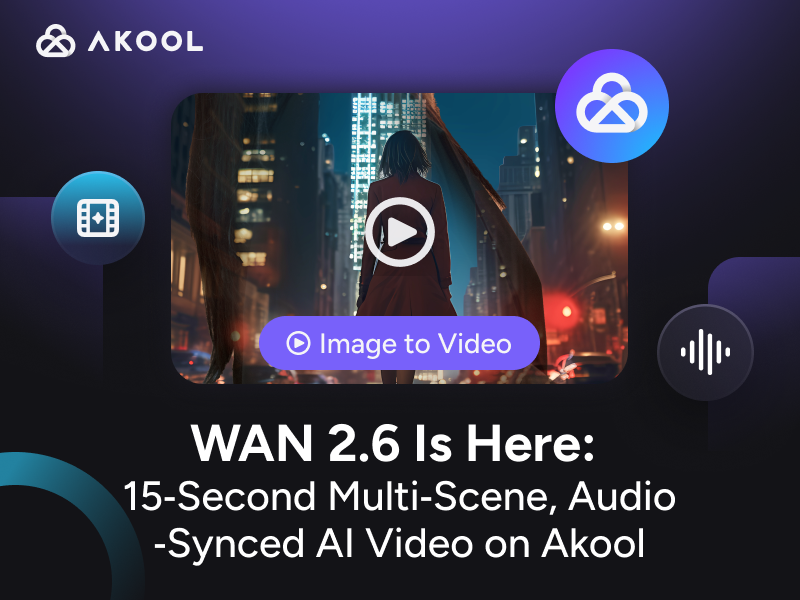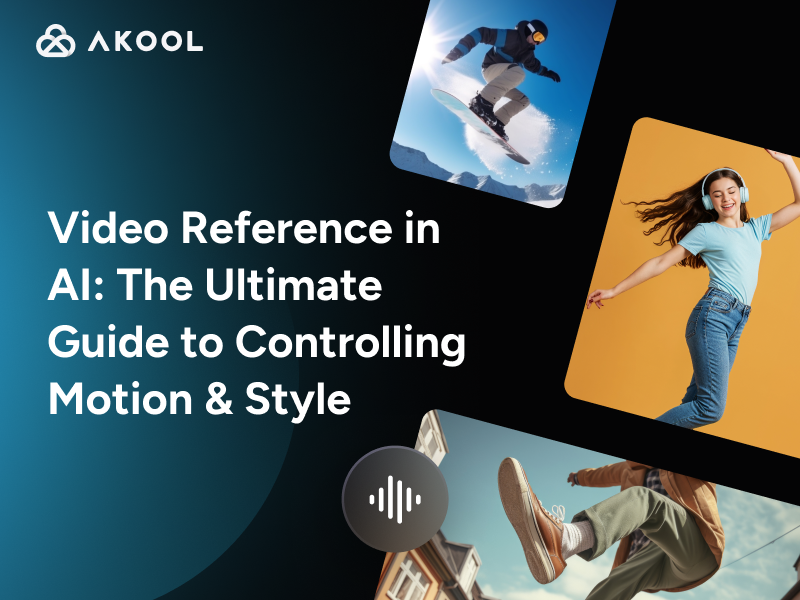Introduction to Translation Corpora
Translation Corpora are structured collections of text, paired with their translations in one or more languages. They serve as essential tools for linguists and translators, aiding in the study of language patterns and translation techniques. These corpora enable creators to analyze vocabulary usage, phrase frequency, and context, enhancing translation accuracy and creativity. Formula: Source Text + Target Text = Translation Corpus.
How to Use Translation Corpora
Translation Corpora are invaluable resources for creators and creative agencies looking to enhance multilingual content. Here's how you can effectively use them:
Understand the Basics
- Definition: Translation Corpora are collections of text in a source language paired with their translations in one or more target languages. They allow for analysis and comparison at various linguistic levels.
Key Capabilities
- Vocabulary and Phrase Analysis: Helps identify common terms and expressions used in different languages.
- Contextual Insights: Offers understanding of how language context affects translation choices.
- Consistency Checks: Ensures uniformity in terminology usage across multilingual projects.
Steps to Utilize Translation Corpora
Identify Your Needs: Determine the specific language pairs and subject areas relevant to your project. This could be anything from technical manuals to marketing content.
Select the Right Corpus: Choose a corpus that aligns with your needs. For example, if you're working on legal documents, a specialized legal corpus would be ideal.
Analyze the Data:
- Frequency Analysis: Use this to identify the most common terms or phrases, which can guide your translation strategy.
Contextual Analysis: Examine how different contexts influence translation choices, helping you make informed decisions about tone and style.
Incorporate Findings into Your Workflow:
- Use insights from the corpus to train your machine translation systems or refine your translation guidelines.
Ensure that your team is aware of consistent terminology usage to maintain quality across the board.
Quality Assurance:
- Compare your translations against the corpus to ensure they meet industry standards and client expectations.
- Use the corpus as a benchmark to validate translation accuracy and stylistic consistency.
| Step | Action | Description |
|---|---|---|
| 1 | Identify Needs | Determine language pairs and subject areas |
| 2 | Select Corpus | Choose the corpus that aligns with project needs |
| 3 | Analyze Data | Perform frequency and contextual analysis |
| 4 | Incorporate Findings | Use insights to train systems and refine guidelines |
| 5 | Quality Assurance | Compare translations to ensure standards are met |
Useful Formulas
- Source Text + Target Text = Translation Corpus: This simple formula underlines the essence of constructing a translation corpus, focusing on pairing source material with its translations.
By following these steps and utilizing the capabilities of Translation Corpora, creators and agencies can significantly enhance the quality and cultural relevance of their multilingual content.
Applications of Translation Corpora
Translation Corpora serve as essential tools in various creative industries. Here are some key applications:
- Machine Translation Development: Corpora like Europarl and OpenSubtitles provide vast datasets for training AI models, enhancing translation accuracy.
- Content Localization: Creative agencies use corpora to tailor content for different cultural contexts, ensuring relevance and engagement.
- Terminology Management: Specialized corpora, such as medical or legal, help maintain consistency in terminology across multilingual projects.
- Quality Assurance: By comparing translations with corpora, agencies can ensure high-quality output and adherence to style guides.
Popular use-cases include developing multilingual websites, subtitling films, and creating marketing materials for global audiences. These applications highlight the versatility and importance of Translation Corpora in the creative sector.
| Application | Description |
|---|---|
| Machine Translation | Use of corpora to train AI models |
| Content Localization | Tailoring content for cultural contexts |
| Terminology Management | Maintaining consistency in terminology |
| Quality Assurance | Ensuring high-quality and stylistic consistency |
Technical Insights on Translation Corpora
Structure and Components
Translation corpora consist of aligned text pairs, known as parallel texts. Each entry features a source text and its corresponding translation(s) in one or more target languages. The alignment allows for direct comparison and analysis at the word, sentence, or paragraph level.
Data Annotation
Many translation corpora include metadata annotations, such as linguistic features, part-of-speech tags, and syntactic structures. These annotations facilitate complex linguistic analyses and improve the utility of the corpora for computational applications.
Data Collection and Processing
Creating a translation corpus involves collecting large volumes of bilingual or multilingual text data. This data is preprocessed to ensure consistency, with steps including tokenization, normalization, and alignment. Advanced machine learning algorithms are sometimes employed to automate these processes.
Analytical Techniques
Researchers use translation corpora to perform various analyses, including:
- Frequency Analysis: Identifying common vocabulary and phrases.
- Contextual Analysis: Understanding how context influences translation choices.
- Comparative Analysis: Examining differences in translation strategies across languages.
Integration with Technology
Translation corpora are integral to developing machine translation systems and natural language processing tools. They provide the foundational data necessary for training models, enabling more accurate and contextually relevant translations.
Useful Statistics on Translation Corpora
Understanding the landscape of translation corpora can significantly enhance the efficiency and quality of multilingual projects for creators, developers, and creative agencies. Here are some key statistics that highlight the importance and utility of translation corpora:
Growth in Global Content Consumption: As of 2023, it is estimated that 75% of internet users prefer to consume content in their native language. This statistic underscores the necessity for robust translation corpora to meet the demand for localized content, allowing creators and developers to effectively reach and engage diverse audiences.
Increase in Localization Budgets: In a survey conducted by CSA Research in 2022, 56% of companies reported an increase in their localization budgets. This trend indicates that businesses are recognizing the value of investing in high-quality translation and localization tools, including translation corpora, to expand their global reach.
AI and Machine Learning Impact: According to a 2023 report by the European Language Resource Association (ELRA), the use of AI-driven translation tools has reduced translation time by up to 40% for routine tasks. This efficiency is largely driven by the availability of extensive translation corpora, which provide the data necessary to train and refine machine learning models.
Translation Memory Utilization: A study by Nimdzi Insights in 2023 found that 68% of translation agencies use translation memory systems, which rely heavily on translation corpora, to improve consistency and reduce translation costs. This statistic highlights the pivotal role of translation corpora in streamlining translation workflows and maintaining quality across different projects.
These statistics demonstrate the pivotal role translation corpora play in the modern digital landscape, driving efficiency, cost-effectiveness, and quality in multilingual content creation and localization efforts. By leveraging these resources, creators and developers can enhance their global communications and better serve diverse markets.
Translation Corpora AI Service: Frequently Asked Questions
What is Translation Corpora and how does it work?Translation Corpora is an AI-powered service that provides access to a vast collection of multilingual text data. It helps users improve translation quality by offering contextually relevant examples from a diverse range of languages.
What are the benefits of using Translation Corpora for businesses?Using Translation Corpora can enhance the accuracy and efficiency of translations, reduce time to market, and improve communication with global audiences. It supports businesses in maintaining consistency in multilingual content.
How can Translation Corpora improve machine translation accuracy?Translation Corpora improves machine translation accuracy by providing rich, contextually relevant examples that help fine-tune translation models, leading to more precise and natural translations.
Is Translation Corpora suitable for professional translators?Yes, Translation Corpora is an excellent tool for professional translators. It offers extensive language resources that assist in understanding nuanced meanings and cultural contexts, enhancing translation quality.
Can Translation Corpora support less common languages?Translation Corpora includes a wide variety of languages, including less common ones, helping users access valuable linguistic data that might not be readily available elsewhere.
How does Translation Corpora ensure data privacy and security?Translation Corpora employs robust security measures to protect user data, including encryption and compliance with international data protection regulations, ensuring a safe and secure translation experience.
What industries can benefit most from Translation Corpora?Industries such as legal, medical, marketing, and e-commerce can benefit significantly from Translation Corpora by ensuring accurate and culturally appropriate translations that resonate with target audiences.
How can I integrate Translation Corpora into my existing workflow?Translation Corpora can be easily integrated into existing workflows through API access, allowing seamless interaction with other translation tools and systems to enhance overall translation processes.




